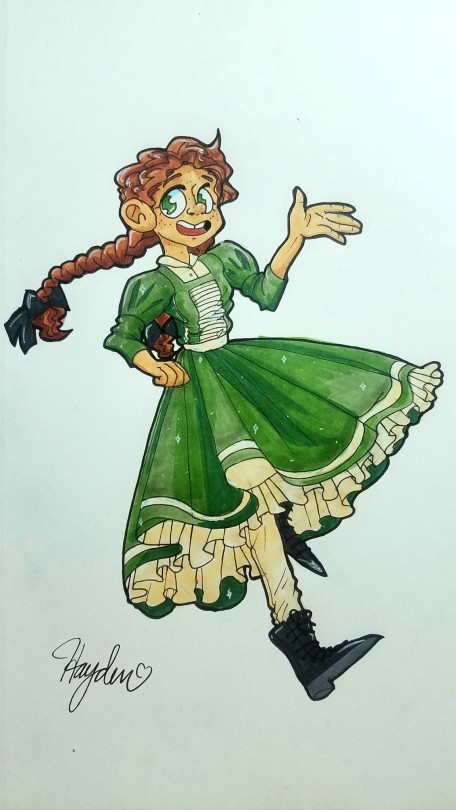we are currently enjoying summer break, but we will return later in autumn :) there are still a few asks and redlines being processed. They will be out asap.
- mod wackart
from The Redline Station https://ift.tt/2YzEpAO
via IFTTT
we are currently enjoying summer break, but we will return later in autumn :) there are still a few asks and redlines being processed. They will be out asap.
- mod wackart
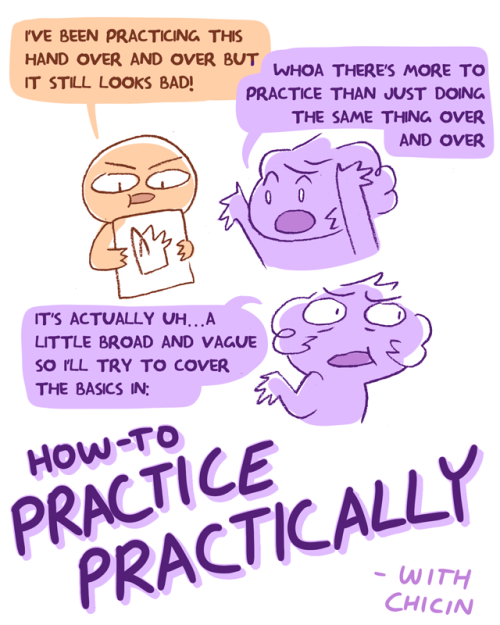


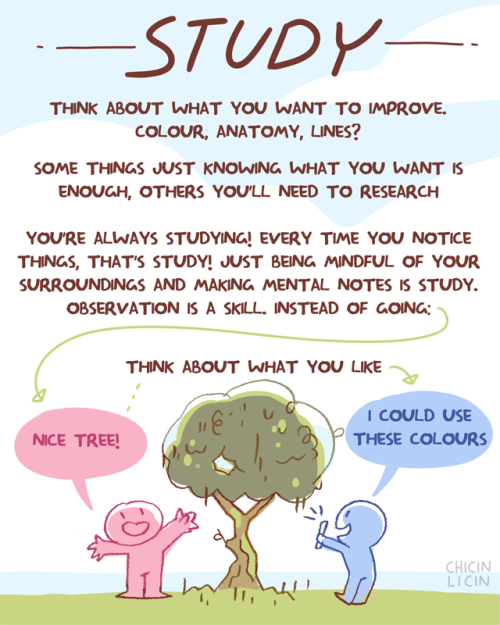
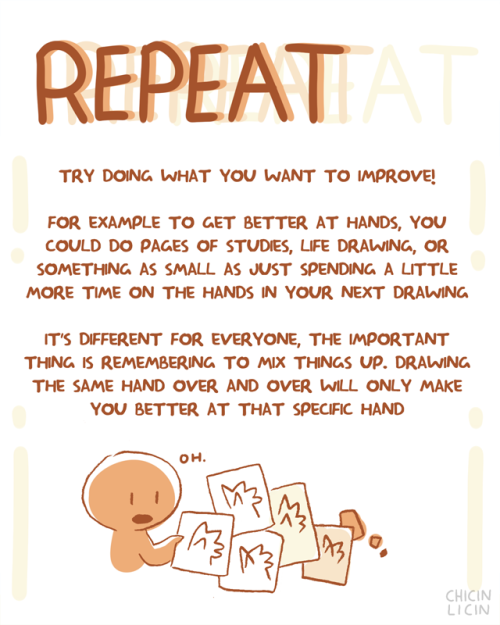


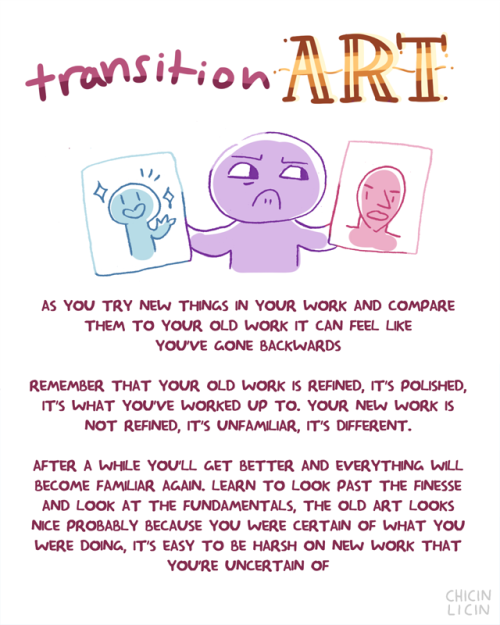
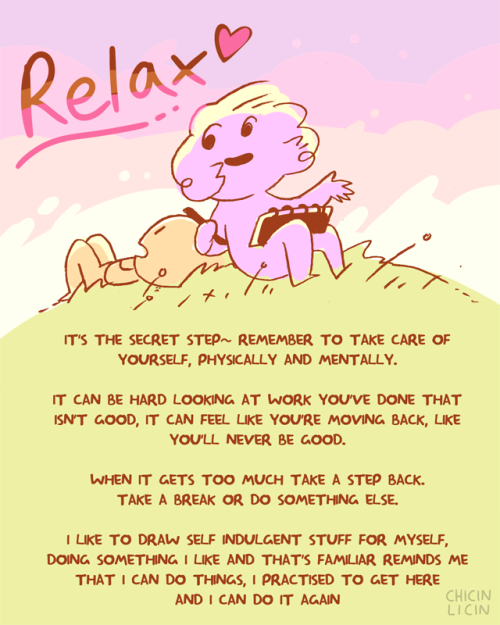
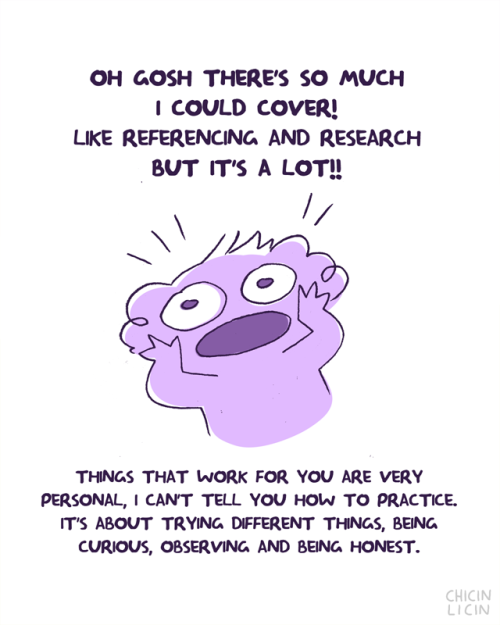
oh hey new guide thinggg~ some basics on how to practice! there’s SO much I could add to this, so it’s just the basics :O
short (kind of): there’s more to practice than doing something repeatedly, it’s also learning new things, problem solving, and honest critique. Each of those is its own skill…also be nice to yourself!
By me, Sara D. (Heh.)
I think it’s very important for artists to vary the types of bodies they draw! Not only does it add visual interest and diversity, but different body types can enhance your characters! (Plus it’s more realistic; when was the last time you walked down the street and everyone had the same body type?) I know I have a hard time drawing different bodies, especially with men, so I’m making this tutorial to teach myself as well (I’ve heard the best way to cement learning something is to teach someone else).
So! Bodies! I’m going to use women for this tutorial because I feel they have more variety in their bodies. One of the most obvious ways bodies differ is in their amount of fat.
On average, people store fat mostly in core areas like the bust, the waist, and the hips. It is important to remember that people gain and lose weight differently, and this is true no matter how fat or skinny one gets. However, these are common places people store fat:
The face and neck can be immediate indicators as to how much fat the rest of the body has; when someone loses or gains weight, it’s initially obvious in the face. This is possibly because the eye is (usually) drawn first to the face.
In addition to differences in the amount of body fat, bodies vary vastly in their proportions. The two main ways they differ is skeletally and in fat distribution. The hip to shoulder ratio is skeletal, and someone with wider shoulders might look more powerful or masculine, and someone with wider hips might look more grounded or feminine.
The torso to legs ratio is also a skeletal ratio. Someone with long legs in comparison with their torso might look taller than someone of the same height with a long torso, and they might also look skinnier.
(I say as I finally get some visual variety all up in here.)
Because the hips are also one of the places with the most weight gain in women, large hips can also be a matter of fat distribution. The three main places where the fat ratio really matters is in the bust, the waist and the hips (making up the core of the body).
While men usually carry weight in the belly area, the fat distribution can really vary with women. Some women carry more weight in the bust, some in the belly, and some in the hips/thighs. Some women carry more weight in two areas, like the bust and the hips, the bust and the belly, or the belly and the hips. Some women show no obvious bias to any area and carry weight equally.
Taking into account skeletal ratios, fat distribution patterns, a vast human weight range, muscle tone and age, there are endless permutations of body types. It would be a shame if you used only one!
Oh, and that first image looks really interesting as a gif.
Hey fellas! So recently I’ve been trying to take on a more cartoon style when drawing. I’ve been doing my best to do more unique shilloue...
